[XNUMX] Typical failures of key mechanical components of wind turbines
As a key component for carrying wind wheels and generators, gearboxes work under severe conditions of variable speed and load for a long time. The vibration signals generated by plum-shaped elastic couplings mostly contain Gaussian noise, and have non-stationary and non-linear characteristics. The faults that occurred include: gear damage, bearing damage, oil leakage, broken shaft, poor lubrication, shaft misalignment, shaft imbalance, high oil temperature, etc.
Analysis of common failures of gears
(1) Pitting
Pitting failure occurs after the gear has been working for a period of time.Due to gear fatigue, small cracks are formed on the contact surface, and the metal peeling phenomenon caused by crack propagation.
(2) Wear
Increased pitting corrosion will cause gear wear, and gear wear will increase the pressure on the gear surface, reduce meshing accuracy, and increase the probability of gear failure.
(3) Gluing
The inter-meshing tooth surface is damaged, causing metal welding on the contact surface, and the phenomenon that the tooth surface tears off the metal, which is probably caused by poor lubrication conditions.
(4) Gear broken teeth
After the tooth breakage occurs, the gearbox needs to be replaced, and the fan cannot work directly.Broken teeth are generally formed by small cracks gradually expanding.However, according to the condition of crack growth and the reasons for broken teeth, broken teeth can also be divided into overload fracture, fatigue fracture, and random fracture.
2 Analysis of common failures of bearings
When the bearing is working, the repeated action of the load between the inner and outer rings and the surface of the rolling elements will also cause pitting, cracks, surface peeling and other faults.
(1) The surface comes off
Bearing inner and outer rings and rolling elements are subjected to alternating loads, cracks are formed under the surface, and then spalling occurs, which later develops into a large-scale spalling phenomenon.
(2) Wear
Bearing wear can be divided into surface wear and fretting wear.Surface wear is caused by the intrusion of foreign matter into the bearing, and the relative movement of raceways and rolling elements.Fretting wear occurs when the bearing is not rotating. The vibration causes repeated relative sliding between the rolling elements and the raceway.
(3) Rust
The main cause of bearing rust is the intrusion of moisture, acid and alkaline substances in the external environment into the bearing.For example, if the bearing does not work for a long time, the moisture in the air condenses into water droplets and attaches to the bearing surface, causing rust.
(4) The cage is damaged
As time goes by, the pits in the outer ring of the bearing cause pitting of the rolling elements, which further aggravates the vibration, noise and heat generation of the cage and the rolling elements, resulting in damage to the cage, or even breakage.
The driving system of the hoisting operation includes the mechanism system and the component system, which are used for the lifting operations.According to the characteristics of the general hoisting mechanism, it can be divided into the hoisting mechanism, the trolley operating mechanism, the large cart operating mechanism and the pitching mechanism. The hydraulic system (including the telescopic rotation of the spreader, the cabin protection, etc.) and the rope supporting mechanism are also the parts with more failures. , The configuration status of the emergency organization is the emergency operation of the corresponding organization.The main components of each operating mechanism are mainly composed of brakes, reducers (gears), couplings, bearings, pulleys, etc. In addition, the lifting, pitching and traction trolley operating mechanisms are also composed of drums, wire ropes, etc., and large and small vehicles run The mechanism also consists of wheels.
[XNUMX] Inspection items of construction cranes
1. Inspection of technical data
In the process of using the crane, the user company should require the manufacturer to provide the corresponding qualification certificate. The manufacturer should also provide the electrical schematic diagram, general diagram, main force-bearing component diagram, installation, use and maintenance instructions of the construction crane, etc., and the maintenance of the crane. Maintenance contracts and inspection reports should also be in place.
2. The overall appearance of the construction crane
The relevant parts of the crane should be clearly marked with the rated lifting capacity, and there should be an auxiliary maintenance platform on the construction crane for maintenance operations.The quality of the overall components of the construction crane must be up to standard. As far as the stressed components are concerned, the overall quality must be stable, and no cracks and plastic deformations should occur.When the overall stability of the crane is not possible, it should be scrapped; if the crane is dangerous due to serious plastic deformation, it should be carried out in time. The corrosion of the crane should be within 10% of the original thickness.Corresponding work should be carried out in time for the cracks, and if the work cannot be carried out, it should be scrapped.
3. Non-destructive testing and static load test
The non-destructive testing is mainly carried out on the main components of the crane. The gear coupling can use magnetic particle testing for the main stressed components; the non-destructive testing of the web and flange plates of the main beam tension zone can use ultrasonic testing. Or radiographic inspection.The static load test can verify the usability of the crane. The operation steps are: the crane lifts the rated load and raises it to a height of 10-20cm, and loads the load to 1.25 times without impact. The hanging time should exceed 10min, after the end of the hanging Check the relevant parts of the crane. Check whether the crane has hidden dangers.
4. Device testing
The devices that need to be tested for hoisting machinery mainly include: lifting limiter, overspeed protection device, position limiter (including stroke limiter, display and skew adjustment device, lifting height limiter and buffer, etc.) and Windproof device (including rail pin, rail clamp, windproof iron shoes, anchoring device, windproof cable).During use, the above-mentioned devices are prone to problems such as damage, disassembly, failure, etc., and accidents can easily occur due to the lack of the device.In the process of device testing, reasonable testing methods should be adopted.
5. Physical and chemical test
The inspection of the chemical performance, process performance and physical performance of the crane is the main content of the physical and chemical performance test of the crane. During the whole monitoring process, the mechanical and chemical composition of the crane will be analyzed, and then the overall inspection of the material properties of the crane will be completed. Material inspection is able to meet the hardness and strength requirements of the specified standards.The personnel involved in the inspection work must also analyze the crystal corrosion, crystal grain size and inclusions in all materials, so as to understand the overall quality of the crane.
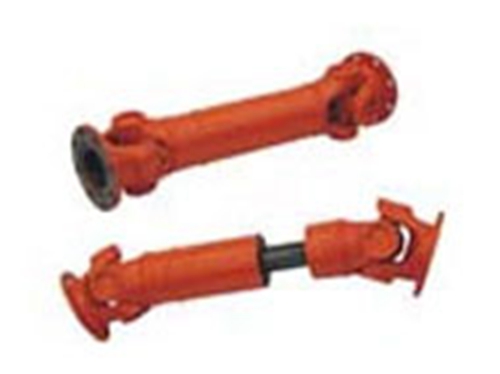 SWP_E universal couplingSWP_E universal coupling is widely used due to its large deviation angle and high transmission torque...
SWP_E universal couplingSWP_E universal coupling is widely used due to its large deviation angle and high transmission torque...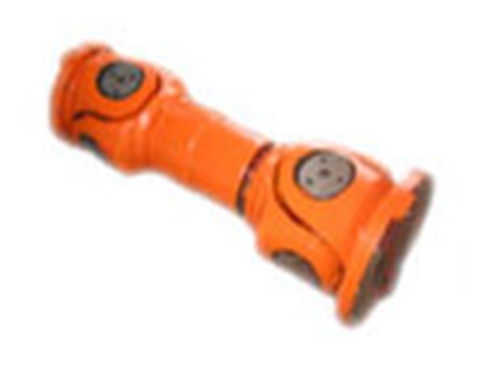 SWC-WD universal couplingSWC-WD universal coupling is a commonly used coupling.Using the characteristics of its structure...
SWC-WD universal couplingSWC-WD universal coupling is a commonly used coupling.Using the characteristics of its structure...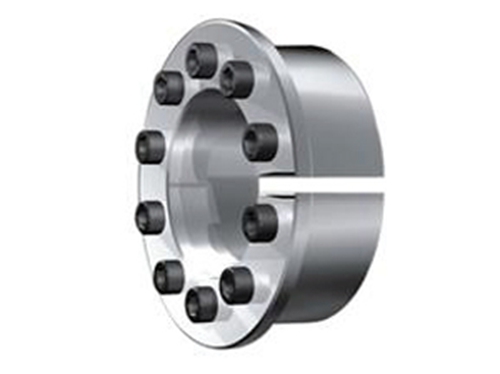 Z16 type expansion joint sleeveThe variety and quality of Z16 expansion joint sleeves are stable.The company's equipment, technology...
Z16 type expansion joint sleeveThe variety and quality of Z16 expansion joint sleeves are stable.The company's equipment, technology...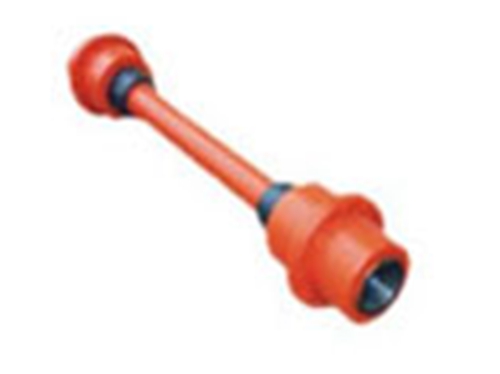 JSJ type serpentine spring couplingDue to manufacturing and installation errors, the two shafts connected by the JSJ serpentine spring coupling will change...
JSJ type serpentine spring couplingDue to manufacturing and installation errors, the two shafts connected by the JSJ serpentine spring coupling will change...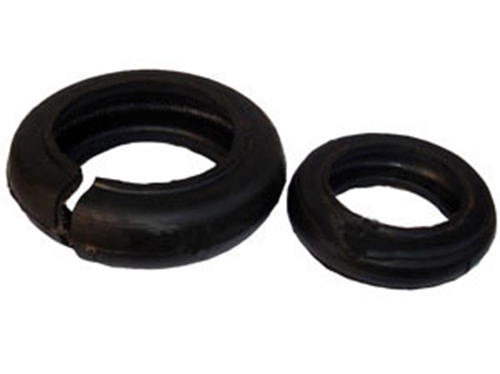 LA tire coupling tire bodyLA tire coupling has low noise during operation, long life, and easy disassembly and assembly.Good...
LA tire coupling tire bodyLA tire coupling has low noise during operation, long life, and easy disassembly and assembly.Good...